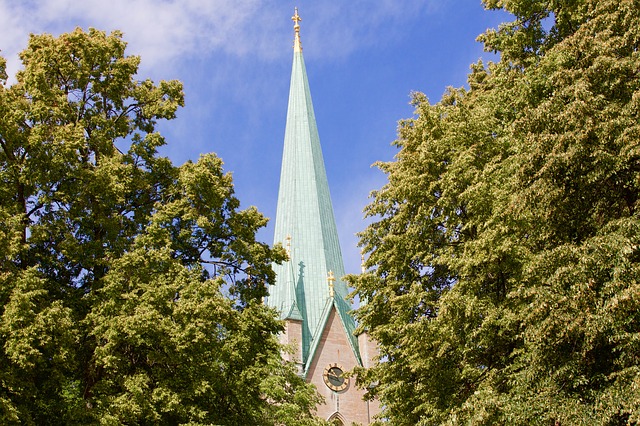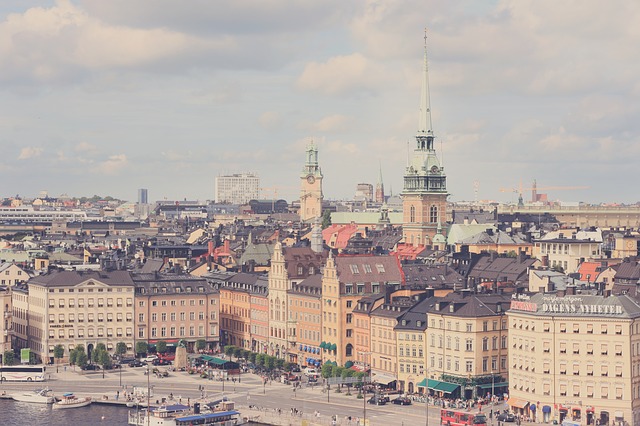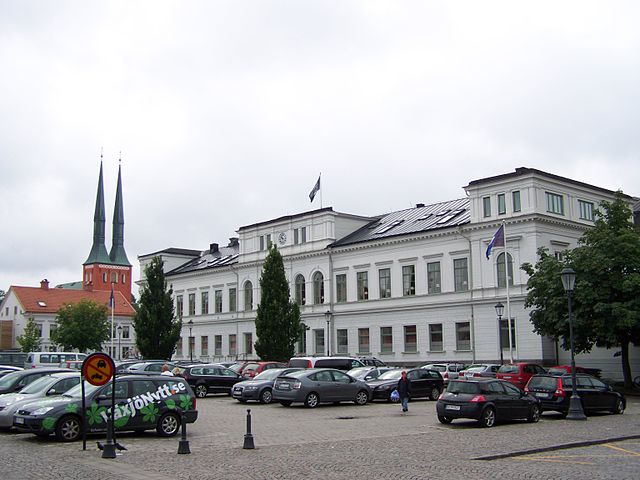- Target: Fossil free by 2050
- Status: In progress
- RES: District heating, solar and wind power
- Implementation: In the early 1990’s, Sweden shifted from oil to district heating. This helped to reduce the country’s greenhouse gas emissions in the housing and service sectors. Today, over 80 per cent of the heat and hot water provided to the country's apartment blocks come from district heating. By heating and cooling buildings from a central plant source, more sustainable and clean forms of fuel can be used. Many district heating networks are making use of recycled heat from industries – energy that would be wasted.
Gothenburg is Sweden’s second-largest city. It has a 1,200 kilometres long district heating network, which heats 90 per cent of the city’s apartment blocks as well as 12,000 detached homes. Today, over 80% of the heat in the system is based on waste heat and recycled energy. When municipal-owned Gårdstensbostäder acquired Gårdsten in the late 90s, they managed to redevelop 500 apartments into solar houses. The apartments are also self- sufficient by wind power. The city has also enabled through its electric utilities policies, the option for consumers to buy into the eco-labeled district heating. - Population: 572,779 city, 1,015,974 metro (2016)
- Area: 447.76 km2 (172.88 sq mi) city, 3,694.86 km2(1,426.59 sq mi) metro
- Link: Fossil Free Gothenburg (PDF in Swedish)

- In Swedish














